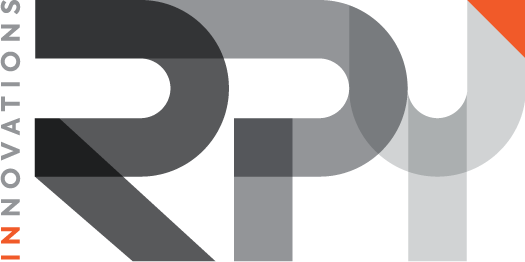What the CFPB’s BNPL Rule Rescission Means for Fintech, Retail, and Consumers
In a recent turn of events, the Consumer Financial Protection Bureau (CFPB) revealed plans to rescind its May 2024 interpretive rule that would have classified some Buy Now, Pay Later (BNPL) products under the same regulatory framework as credit cards. This decision has left many in the FinTech and retail sectors wondering about the ramifications for compliance, product design, and consumer experiences.
One immediate effect is a reduction in regulatory complexity for BNPL providers offering short-term, interest-free installment plans. Had these products been treated like credit cards, providers would have faced more extensive compliance requirements, including detailed disclosures, stringent dispute resolution protocols, and, possibly, more burdensome credit checks. With the rule now withdrawn, BNPL services can continue to operate with fewer immediate constraints, potentially allowing them to innovate freely and deliver creative solutions to merchants and end consumers.
However, it would be premature to assume that BNPL will remain permanently unregulated. The CFPB’s withdrawal suggests that the agency may be rethinking its approach and could introduce new or more targeted rules in the future. This adds a layer of uncertainty to the market, as providers, merchants, and consumers await clearer guidance on how these popular payment options will be supervised over the long term.
From a consumer standpoint, the rescission means that BNPL users won’t necessarily see major shifts in their checkout experiences just yet. Nonetheless, transparency and fair lending concerns remain priorities for regulators. Companies that proactively address these issues—by offering clear disclosures, responsible lending practices, and robust customer support—will likely stay ahead of any future regulatory measures.
All in all, while BNPL providers can breathe a sigh of relief in the short run, they should keep an eye on evolving rules.
